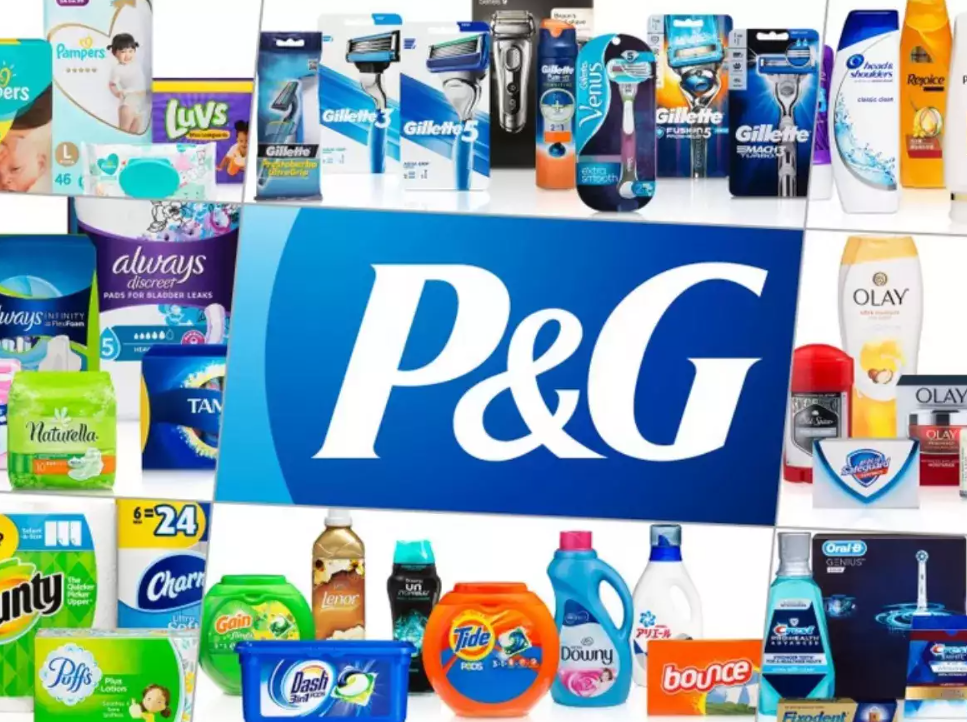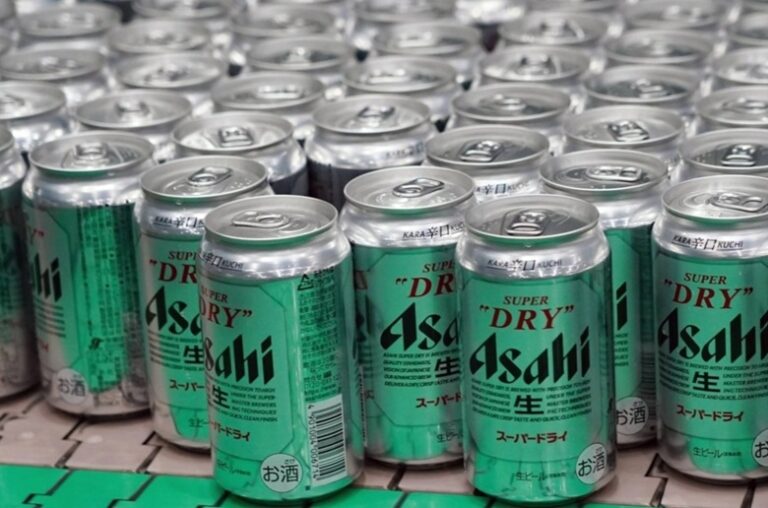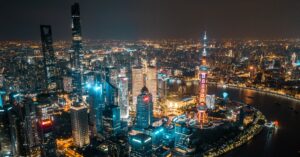Procter & Gamble (P&G) reported a 2.48% increase in its global performance, indicating a recovering consumer sentiment worldwide, except for one notable exception: China, the second-largest global economy. This divergence underscores concerns about the state of the Chinese market.
In the third quarter of the fiscal year, P&G achieved a 7% increase in organic sales, largely driven by price hikes, while actual sales volume decreased by 1%. Investors have been anxious to see volume growth in consumer-staples companies, but P&G received a pass from investors this quarter due to modest volume growth outside Greater China, leading to a 3% rise in its shares.
However, the picture in Greater China was less optimistic, with organic sales down 6%, including a significant decline in premium skincare brand SK-II. Consumer confidence remained weak, presenting a challenging near-term situation for P&G. The company expressed a positive long-term outlook for China but acknowledged that a quick, extensive, or linear recovery wasn’t expected.
The contrasting view of China’s long-term prospects against its current economic challenges raises questions about the sustainability of middle-class wealth in the country. P&G remains invested in the Chinese market, though if the optimistic outlook for China’s growth needs reevaluation, it could have wider implications, not just for P&G but for many other multinational corporations that rely on China for their growth. P&G currently derives 9% of its global sales from Greater China, while North America contributes 50% of its sales.
(Source: MarketWatch | WSJ)







